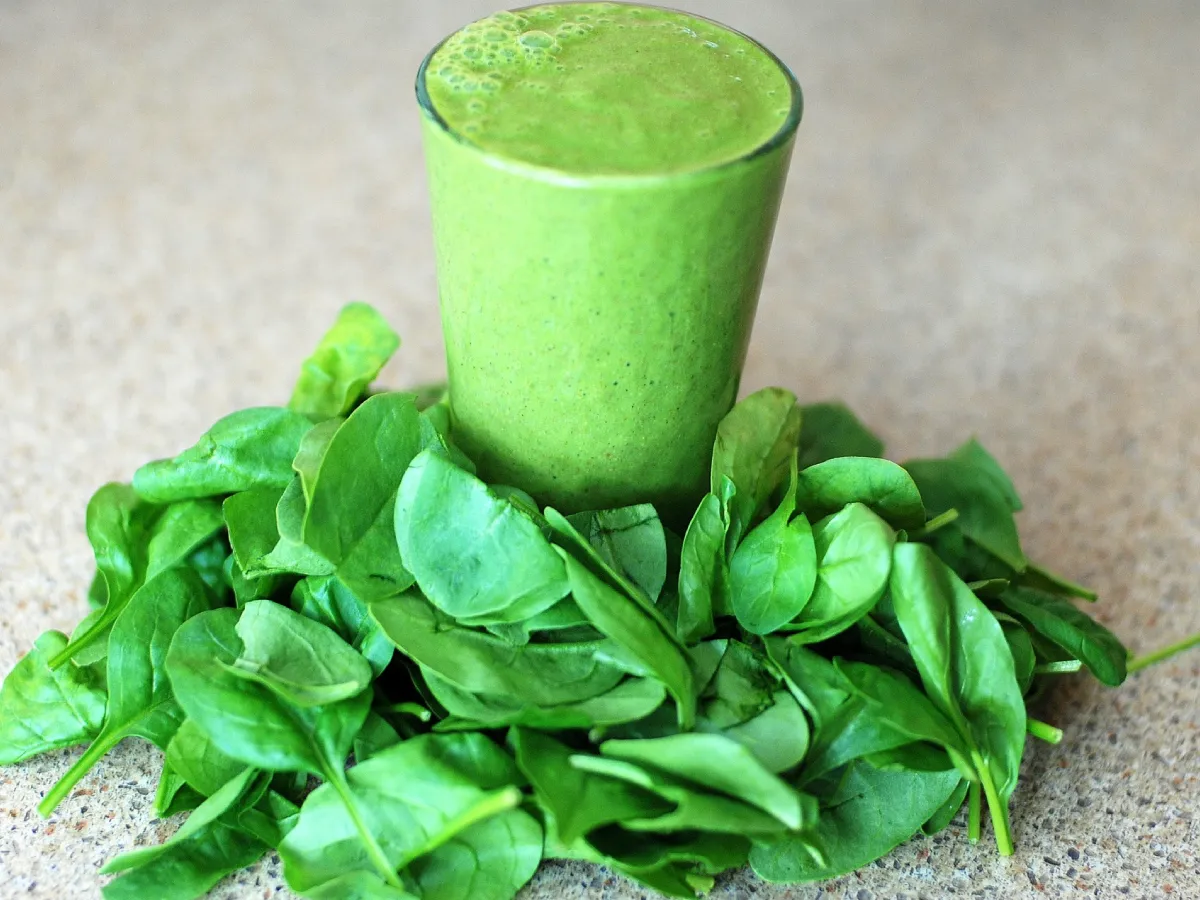Protein is a vital nutrient for everyone, but it plays an especially important role in the development and growth of children. From building muscles and tissues to supporting the immune system and producing enzymes and hormones, protein is a fundamental building block for growing bodies. However, many parents are often unsure of how much protein their child really needs, what the best sources are, and how to ensure their child gets a balanced diet without overloading on protein. This post will guide you through the role of protein in child development and how to ensure your child is meeting their daily needs.
Why Is Protein Important for Children?
Protein is essential for numerous bodily functions. It provides the amino acids that are necessary for:
- Growth and repair: Protein helps repair tissues and build new ones, which is critical for children’s physical development.
- Muscle development: Growing children require adequate protein to support muscle growth and strength.
- Immune system support: Protein plays a key role in building antibodies that help fight infections and illnesses.
- Enzyme and hormone production: Proteins are responsible for producing enzymes and hormones that regulate bodily functions, from digestion to metabolism.
Since children’s bodies are in a constant state of growth, their protein needs are higher than those of adults relative to their body size.
How Much Protein Do Kids Really Need?
The amount of protein a child needs depends on their age, gender, and level of physical activity. The Recommended Dietary Allowance (RDA) for protein in children is based on how much they need to support their normal growth and development. Here are general guidelines based on age:
- Toddlers (1–3 years): About 13 grams of protein per day
- Preschoolers (4–8 years): About 19 grams of protein per day
- Preteens (9–13 years): About 34 grams of protein per day
- Teenage boys (14–18 years): About 52 grams of protein per day
- Teenage girls (14–18 years): About 46 grams of protein per day
These numbers are guidelines and can vary based on individual needs, such as activity levels. For instance, children involved in sports or highly physical activities may require more protein to support muscle recovery and growth.
Signs Your Child May Not Be Getting Enough Protein
While it’s uncommon for children in developed countries to experience severe protein deficiency, it can happen in some cases, especially if a child’s diet lacks variety. Some signs that a child may not be getting enough protein include:
- Fatigue: If your child seems tired all the time, despite getting enough sleep, they might not be getting enough protein to sustain their energy levels.
- Slow growth: Protein deficiency can slow growth rates, which is especially concerning in younger children.
- Weakened immune system: Protein is necessary to build a strong immune system. If your child frequently gets sick, it may be a sign they need more protein in their diet.
- Muscle weakness or loss: Protein is crucial for maintaining and building muscle mass. Lack of it could lead to muscle weakness or lack of physical strength.
Best Sources of Protein for Children
It’s important to provide children with a balanced diet that includes high-quality protein from a variety of sources. Both animal-based and plant-based foods can supply the protein children need for healthy growth.
- Animal-based proteins:
- Lean meats: Chicken, turkey, and lean beef are excellent sources of high-quality protein.
- Eggs: A versatile and nutrient-rich protein source.
- Dairy: Milk, cheese, and yogurt provide not only protein but also calcium, which is crucial for bone health.
- Fish: Salmon and other fatty fish provide both protein and healthy omega-3 fats.
- Plant-based proteins:
- Beans and lentils: Rich in protein and fiber, these are great options for vegetarians.
- Nuts and seeds: Almonds, sunflower seeds, and peanut butter offer protein along with healthy fats.
- Whole grains: Quinoa and oats are excellent sources of plant-based protein.
- Tofu and tempeh: These soy-based proteins are great for children who may not consume meat.
Can Kids Get Too Much Protein?
While protein is essential, excessive protein intake can lead to health issues like kidney strain, dehydration, and imbalanced nutrition (as it may reduce the intake of other important nutrients). Parents should focus on a balanced diet rather than overloading their child’s meals with high-protein foods.
Tips to Ensure Your Child Gets Enough Protein
Here are some practical tips to make sure your child meets their daily protein needs:
- Incorporate protein into every meal: Add eggs to breakfast, chicken to lunch, and lentils to dinner.
- Choose snacks wisely: Opt for protein-rich snacks like yogurt, nuts, or cheese sticks.
- Try different protein sources: Mixing plant-based and animal-based proteins can ensure a wide variety of nutrients.

0 Comments